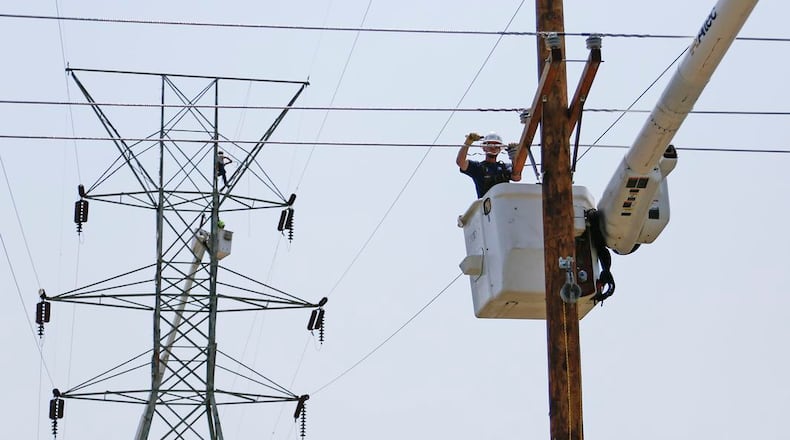James Zell, a PUCO financial analyst, testified that PUCO staff concluded that AES Ohio saw “significantly excessive earnings” in 2019 and no excessive earnings in 2018.
The “excessive earnings” number for 2019 given in a PUCO filing was over $8.6 million.
“A refund of $11,060,705 is appropriate when grossed up for taxes,” Zell testified.
His testimony was filed on the PUCO case docket Tuesday.
The testimony is a signal that the PUCO sees the matter of what the OCC calls AES Ohio’s “excessive profits” differently. The OCC charged that PUCO staff relied on “skewed accounting to reduce AES-Ohio’s paper profits and minimize what consumers are owed.”
Gustavo Garavaglia, AES Ohio’s chief financial officer, has testified that his company’s own SEET (“significantly excessive earnings test”) analyses indicate that even lower refunds are in order — less than $2 million.
It’s unclear at this point whether there will be refunds, and if so, how and when they might be paid. This case is set for an evidentiary hearing Oct. 28, a spokesman for the PUCO said.
The commission will make a determination on whether to award a refund, and if so, for how much, at some point in the future “after fully reviewing the record of evidence,” the spokesman said.
This latest round of testimony and filings before state utility regulators was triggered by an Ohio Supreme Court ruling this summer that said regulators erred when they let AES Ohio keep $61 million in what the OCC calls “overearnings.”
The OCC hailed the ruling, seeing it as a vindication of efforts to protest what it considers unlawful “overcharges” of Dayton-area customers.
“The fair and lawful outcome should be a full refund to consumers, with seven years of interest,” Maureen Willis, who leads the OCC as agency director, said this week.
About the Author

